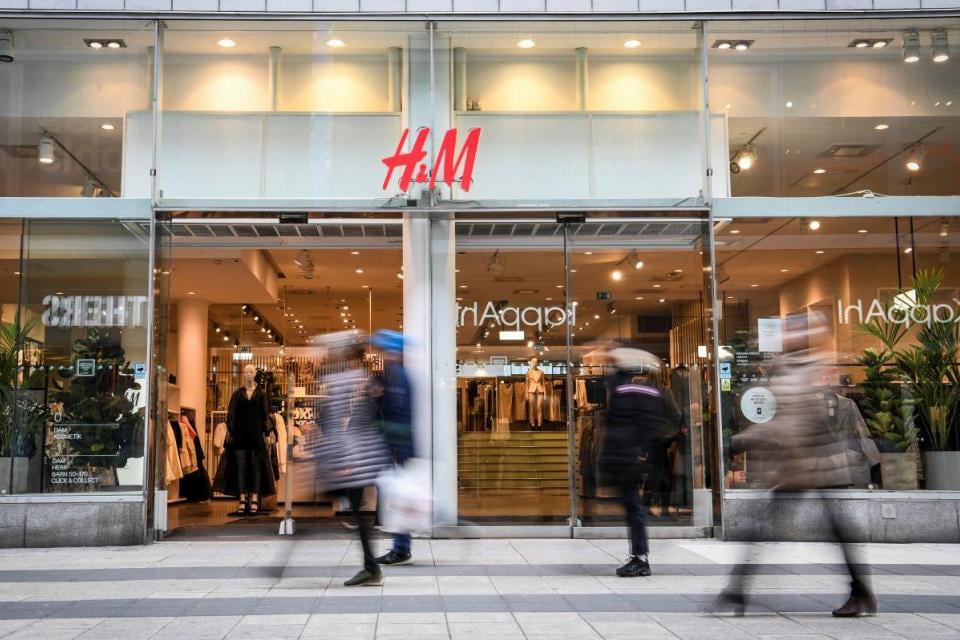HELSINKI: Finland entered a recession in the final quarter of 2022, while the Swedish economy shrank more than initially estimated, official statistics showed Tuesday. The 0.6-percent drop in Finnish GDP was the second consecutive quarter of negative growth-the technical definition of a recession.
Finland's economy has suffered from accelerating inflation-which reached 8.4 percent in January-as well as the economic consequences of the war in Ukraine, Statistics Finland said. Both consumers and businesses have less confidence in the future and these "weakened expectations began to be realized in the latter half of the year," the office said.
From October to December, the volume of Finnish exports decreased by 2.9 percent from the level in the previous quarter, while imports dipped by 2.4 percent. For the year as a whole, however, the Finnish economy grew last year by two percent compared to 2021.
While Sweden has not seen two consecutive declines in GDP, its economy shrank more than initially estimated in the last quarter of 2022, the national statistics office SCB said. Swedish GDP fell by 0.9 percent in the fourth quarter, more than the 0.6 percent published in preliminary estimates in early February. "The decline is being felt in many parts of the economy, with broad declines in business investment and household consumption," Jessica Engdahl from SCB said in a statement.
For the full year of 2022, the Swedish economy is set to grow by 2.4 percent, SCB said.
The Swedish central bank expects GDP to fall by 1.1 percent this year, in line with the European average, according to its latest forecast published in early February. In Finland, the government and the central bank forecast a small decline in GDP in 2023, of around 0.2 percent, before growth returns in 2024 and 2025, according to their latest forecast in December.
Meanwhile, French inflation accelerated for the second month in a row in February after an end-of-year pause, the official statistics authority said Tuesday, reaching 6.2 percent year-on-year. Coming after a 6.0-percent annual increase last month, "this slight increase in inflation is down to acceleration of prices for food and services," Insee said in its preliminary report on the February data.
Insee found that the cost of food added 14.5 percent this month compared with a year before, up from 13.3 percent in January. Service prices also grew faster than in January, while manufactured goods picked up as well as winter sales ended.
Price growth for energy however slowed down, to 14 percent from 16.3, driven by falling oil-based products. France's inflation rates have reached levels not seen since the 1980s after consumer prices began surging last year.
Price growth nevertheless remains lower than many of its eurozone neighbors-in part thanks to government support. Measured using the Harmonized Index of Consumer Prices-the preferred measure of the European Central Bank, in charge of controlling eurozone price growth-France's February inflation rate was 7.2 percent year-on-year, 0.2 points faster than in January. - AFP











